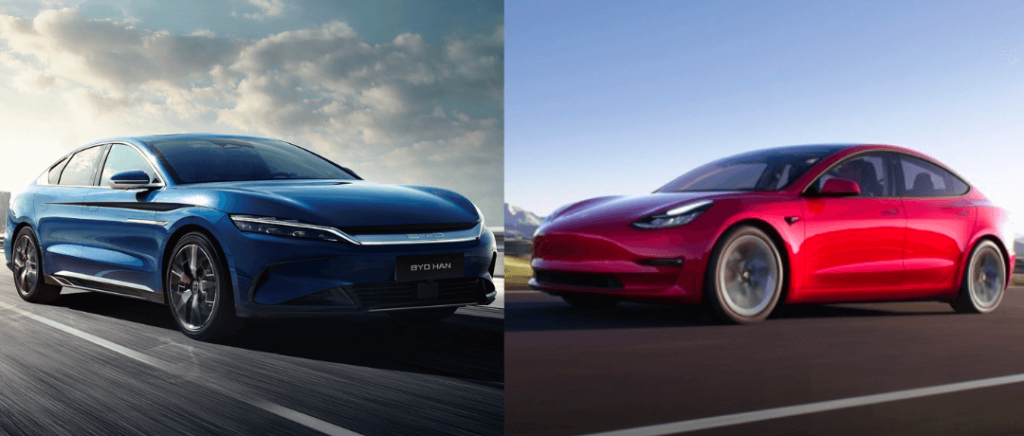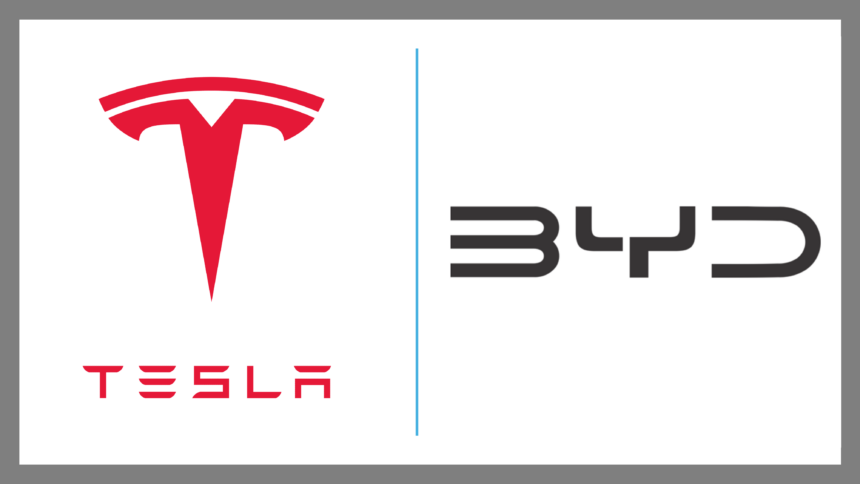Tesla faces a notable drop in its European sales, just as China’s BYD rapidly accelerates its presence in the region and globally. Tesla’s declining sales and market share contrast sharply with BYD’s aggressive growth strategy and surging sales figures.
What’s Happening & Why This Matters
Tesla’s European vehicle sales plummeted nearly 45%, a significant downturn linked partly to Elon Musk’s controversial political affiliations. According to recent data from Jato Dynamics, Tesla sold fewer than 16,000 vehicles across Europe last month. Its market share has fallen to 9.6%, marking the lowest level in five years. This substantial decline raises concerns over Tesla’s image and buyer sentiment.
Analysts believe Musk’s high-profile political role and provocative actions may negatively impact Tesla’s consumer appeal. Musk, a close adviser to former U.S. President Donald Trump, has publicly supported controversial political groups and accused prominent politicians of misconduct. Consequently, Tesla dealerships have become targets of consumer protests.

Despite this turbulence, the UK remains a bright spot for Tesla. The Society of Motor Manufacturers and Traders notes an almost 21% rise in new Tesla registrations, particularly the Model 3 and Model Y, among the UK’s top-selling electric vehicles. Nevertheless, these isolated successes have not offset broader European sales declines.
Felipe Muñoz, a global analyst at Jato Dynamics, attributes Tesla’s volatility to several factors. “Tesla is experiencing a period of immense change,” he explained. “Besides Elon Musk’s active role in politics, the increased EV market competition and Tesla’s model lineup changes are significant challenges.” Notably, Tesla is currently phasing out the existing Model Y, its best-selling vehicle, in favor of an updated version, which is temporarily affecting sales.
Meanwhile, competitors thrive. German automaker Volkswagen experienced an impressive 180% sales increase in battery-electric vehicles, nearing 20,000 units. Similarly, BMW and Mini sold 19,000 units, highlighting growing competition within Europe’s EV market.
Most strikingly, Chinese automaker BYD emerges as Tesla’s most formidable competitor. BYD saw a 94% increase in European sales, surpassing 4,000 vehicles monthly. On a global scale, BYD reported annual revenues of $107 billion, significantly outpacing Tesla’s $97.7 billion in 2024. BYD’s quarterly performance has repeatedly beaten Tesla’s, notably selling around 595,000 battery-electric vehicles in Q4 2024 compared to Tesla’s 496,000 units.

BYD’s success partly stems from its broader range of vehicles, including plug-in hybrids, totaling 4.27 million vehicles sold in 2024. This positions BYD as the largest electric car company globally regarding total new energy vehicle (NEV) sales.
Additionally, BYD dominates specific markets, notably in Thailand, where Chinese brands like BYD control 89% of EV sales. Tesla, facing higher prices and reduced government subsidies, struggles with approximately 10.2% market share there. BYD’s competitive pricing and local manufacturing give it an advantage over Tesla’s higher-priced imports.
TF Summary: What’s Next
Tesla’s declining European sales, compounded by rising competition from BYD and other rivals, signal critical challenges ahead. Tesla must navigate the impacts of Musk’s political controversies and market shifts toward more affordable EV options. BYD’s rapid growth and global expansion indicate increasing pressure on Tesla to adapt and respond strategically in the fast-evolving EV market.
— Text-to-Speech (TTS) provided by gspeech


